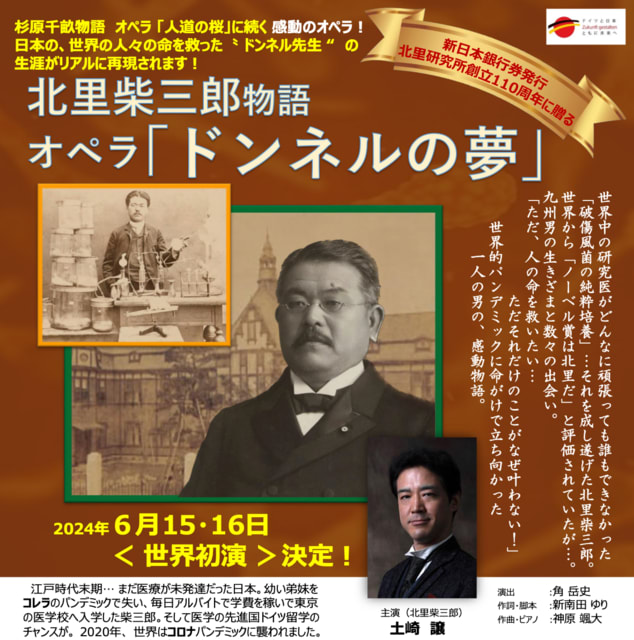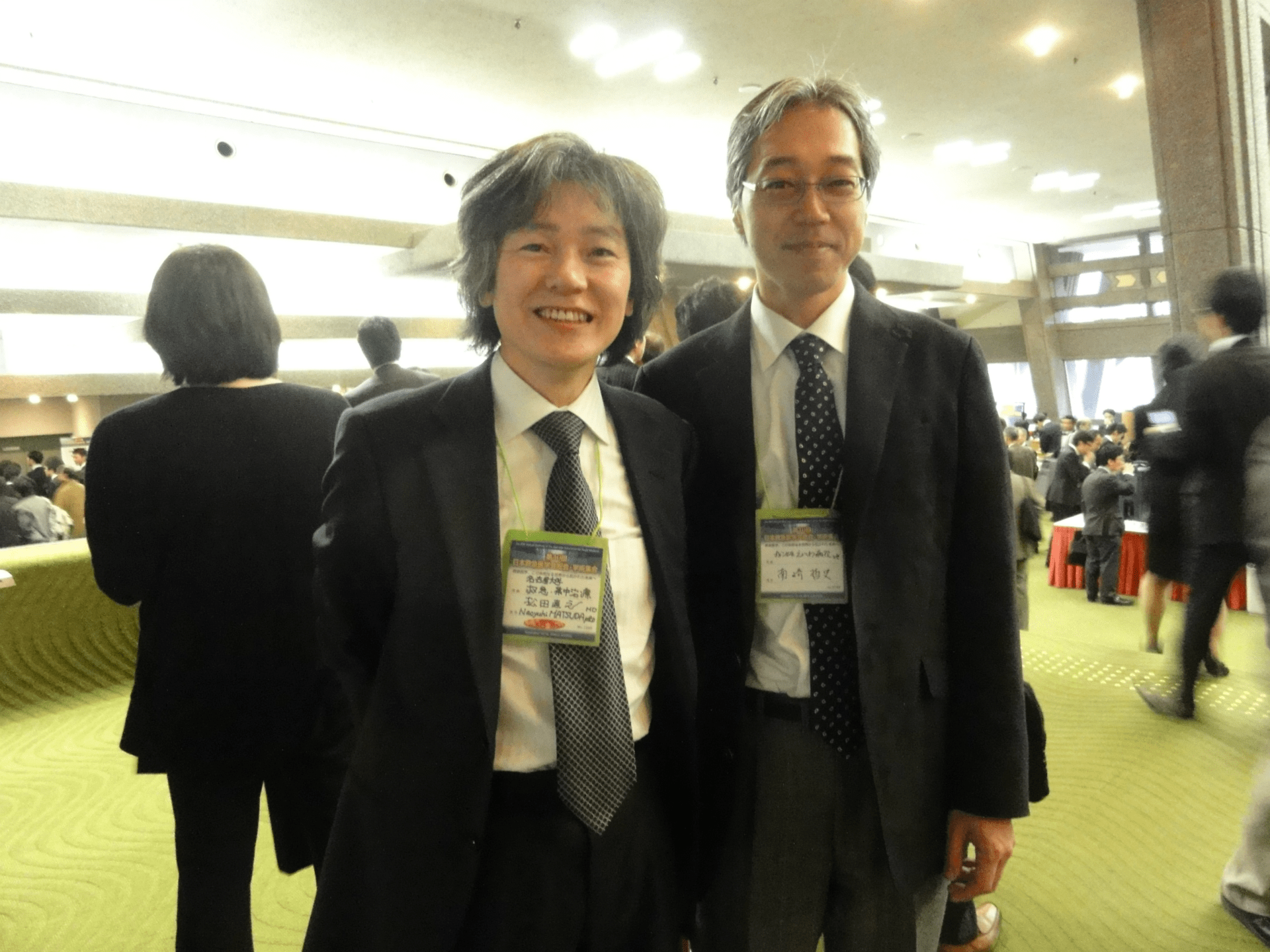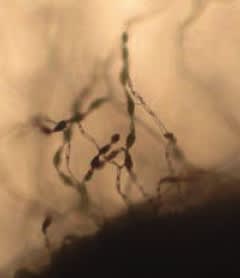BMJ Careers 2011年11月24日より
The new intensivist
James Goodwin, Simon Baudouin, Julian Bion
日本集中治療医学会では,現在,集中治療専門医制度を見直し,専門医取得のための認定プログラムを作成しています。
日本専門医制評価・認定機構の第1類(I.基本領域専門医学会)の専門医資格として救急科専門医などは,サブスペシャリティとして集中治療専門医資格を取るとよいです。本邦には300名程度しか,実働している集中治療専門医はいないと言われていますが,これからの集中治療専門医により集中治療医学のレベルを高め,優秀な診療と診療成績を提供することが大切です。いずれにしても,急性期医学と急性期診療を専門診療科として牽引するなかで,このような英国のnew intensivistの新しい概念についても御一考ください。 (コメント 松田直之)
Training in intensive care medicine in the United Kingdom is about to undergo major changes. From August 2012 trainees will be able to enter a standalone certificate of completion of training (CCT) programme in intensive care medicine, after competitive entry at specialty training year 3 (ST3) level. On their successful completion, these programmes will lead to the award of a CCT in intensive care medicine.
The approval by the General Medical Council (GMC) of a new standalone CCT programme marks a “coming of age” for the specialty. Intensive care medicine arose from the need to provide treatment for patients with severe physiological disturbances within fixed, specialist clinical areas. As the specialty developed and the number of dedicated beds grew, it became clear that the broad remit of intensive care medicine required a dedicated training programme. In the UK this originally took the form of a so called joint CCT programme, whereby trainees entering intensive care medicine training had to be already enrolled in a complementary specialty CCT programme, usually anaesthesia, emergency medicine, or a medical specialty. On entry to the joint CCT programme, trainees received training in intensive care medicine and in “complementary” skills (such as anaesthesia for physician entrants).
The new intensive care medicine CCT programme is a logical development of the previous joint CCT programme. It completely fulfils the GMC’s requirements for a specialty programme in that it defines the totality of training and competencies required, with a detailed, competency based syllabus and assessment system.
Entry and progression through intensive care medicine training
Entry to the intensive care medicine CCT programme in August 2012 will be at ST3 level. Entry will be competitive, with national selection and ranking in England and Wales using identical processes to other current CCT programmes. Entry to higher specialist training in intensive care medicine differs from most other CCTs in that it deliberately does not have one single core programme. The new Faculty of Intensive Care Medicine, supported by its constituent royal colleges and the GMC, wanted to see the established multidisciplinary approach to intensive care medicine training continue. Trainees applying for higher specialist training in intensive care medicine can enter by any one of three separate routes: core anaesthetic training, core medical training, or any of the acute common care stem strands. Successful candidates will then enter intensive care medicine at ST3 level with different training experiences and competencies.
For example, core medical trainees will have few or no skills in anaesthesia, and core anaesthetic trainees will have little experience in the assessment and management of severely ill patients in medical admission wards. The first two years of higher training in intensive care medicine (ST3 and ST4) were designed to allow an individualised programme of training so that all trainees would achieve the same level of competency by the end of ST4. The first four years of intensive care medicine training (CT1 to ST4) are designated stage 1.
Stage 2 training occurs in ST5 and ST6, and the exact sequence of attachments will vary from scheme to scheme. During these years trainees will consolidate their general training in intensive care medicine as well as develop specialist skills. Competencies will be gained in the management of critically ill neurosurgical and cardiothoracic patients. Experience in the management of severely ill children will also be gained; however, the intensive care medicine CCT programme is not aimed at providing advanced training in paediatric intensive care medicine.
Stage 2 training also allows a period of acquisition of special skills. This develops the multidisciplinary philosophy of intensive care medicine training by allowing trainees to choose from various modules. These are currently being developed but will include training in advanced imaging techniques, research methodology, and audit and quality improvement techniques. Some trainees may also choose to enhance their specialist skills with further training in cardiothoracic or neurosurgical intensive care medicine.
Stage 3 training (ST7) is designed to allow trainees to enhance further their competencies in intensive care medicine, with an emphasis on organisational, management, and quality aspects of the specialty.
Assessments and examinations
The intensive care medicine CCT assessment system will be familiar to all foundation trainees. It consists of well validated workplace based assessment tools, which are used to determine progress against the training syllabus. There will also be a higher fellow of the Faculty of Intensive Care Medicine (FFICM) examination, which will use a number of assessment methods, including multiple choice questions, structured vivas, and objective structured clinical exam (OSCE)-style skill stations. Passing the FFICM will be a requirement for entry to stage 3 training.
Syllabus
Intensive care medicine is a broad discipline. On any given day an intensive care practitioner may be asked to assess, diagnose, and treat critically ill patients with common and more esoteric problems. The formal syllabus reflects this need for broad based knowledge and training. It has been built around the European Society of Intensive Care Medicine’s CoBaTrICE competency based training programme (www.cobatrice.org), which used consensus methods and extensive public consultation to develop and define core knowledge, attitudes, and skills in intensive care medicine. The UK programme and its European progenitor remain dynamic works in progress, which will evolve to reflect changes in intensive care practice as new evidence emerges. The new UK curriculum is available at www.ficm.ac.uk/icmcctcurriculum.ashx.
Dual CCTs
While some trainees may want to follow a career in intensive care medicine only, many are likely to want to pair this with a second CCT in anaesthesia, emergency medicine, or one of the medical specialties (respiratory medicine, for example). In 2012, trainees in existing CCT programmes will still be able to apply for the old joint CCT programme. In 2013 this will be replaced by the new dual CCT programme. Trainees who wish to train in both intensive care medicine and a partner specialty will be able to do this by a stepped entry method.
They will initially need to compete for their first CCT post and then within 18 months to compete for their second CCT post. For example, a trainee who enters an intensive care medicine CCT programme in August 2012 will have until February 2014 to enter a partner CCT programme. Alternatively, a trainee in a partner CCT programme from August 2012 can, within 18 months, apply for an intensive care medicine CCT programme.
The total duration of training needed to achieve dual CCT accreditation will, of necessity, be longer than that for a single CCT. However, the Faculty of Intensive Care Medicine, with the GMC, is identifying those competencies that can be acquired in either part of a dual programme. It is therefore likely that the total duration of dual training will not exceed 8.5 years in most cases.
A career in intensive care medicine?
No single attribute can define a successful practitioner in intensive care medicine, but it is likely that most consultants will have a preference for being a “complete physician” in the sense that they have broad knowledge of many diseases and treatments; possess advanced technical and non-technical skills in physiological and emotional support of patients and their families; have the capacity to integrate care across disciplines, locations, and time; are simultaneously team players and team leaders; and teach and inspire others by example. More specifically:
They are interested in acute physiology and the way in which human physiology can be manipulated to improve outcomes in severely ill patients.
They can rapidly assimilate and integrate large amounts of complex data (including those from physical examination and history taking).
They can make rapid and decisive action plans in the face of often considerable clinical uncertainty.
They are able to both lead and contribute to truly multidisciplinary clinical teams.
They are good negotiators for their patients. Intensive care medicine consultants will often have a role as care coordinator, acting as an intermediary between clinical teams.
They are comfortable with and skilled at performing practical procedures.
They can “multitask” in situations that are often pressured in terms of both time and work intensity.
They accept that intensive care medicine work is unpredictable and often occurs outside normal hours.
However, a career in intensive care medicine is not just about immediate care. A good intensivist is also interested in longer term problems, and many intensivists now follow up their patients after discharge from the intensive care unit. Effective practitioners are also good managers and are interested in improving the quality of their service. Intensive care medicine was one of the first specialties to organise comprehensive national units, and this work continues to inform the design and delivery of services.
Job prospects
These are good. In the first year it is likely that more than 60 additional intensive care medicine CCT posts will be released, bringing the total number to more than 200. This will probably increase in future years to reflect the need for more consultants in intensive care medicine.
Summary of the new CCT programme in intensive care medicine
Competitive entry to a new standalone intensive care medicine CCT programme is possible from August 2012.
Initial entry will be at ST3 level.
Core trainees from anaesthesia, emergency medicine, or medicine who have obtained their respective exams for progression to higher training can apply for the programme.
The indicative duration of the programme is seven years, divided into three stages of training: CT1 to ST4; ST5 and ST6; and ST7.
Current CCT trainees in anaesthesia, emergency medicine, medicine, and surgery can apply to the old joint CCT programme until August 2013.
From August 2013 trainees can competitively apply to a second, complementary CCT programme to acquire dual intensive care medicine and complementary specialty CCTs.



















 アルテルナリア
アルテルナリア







